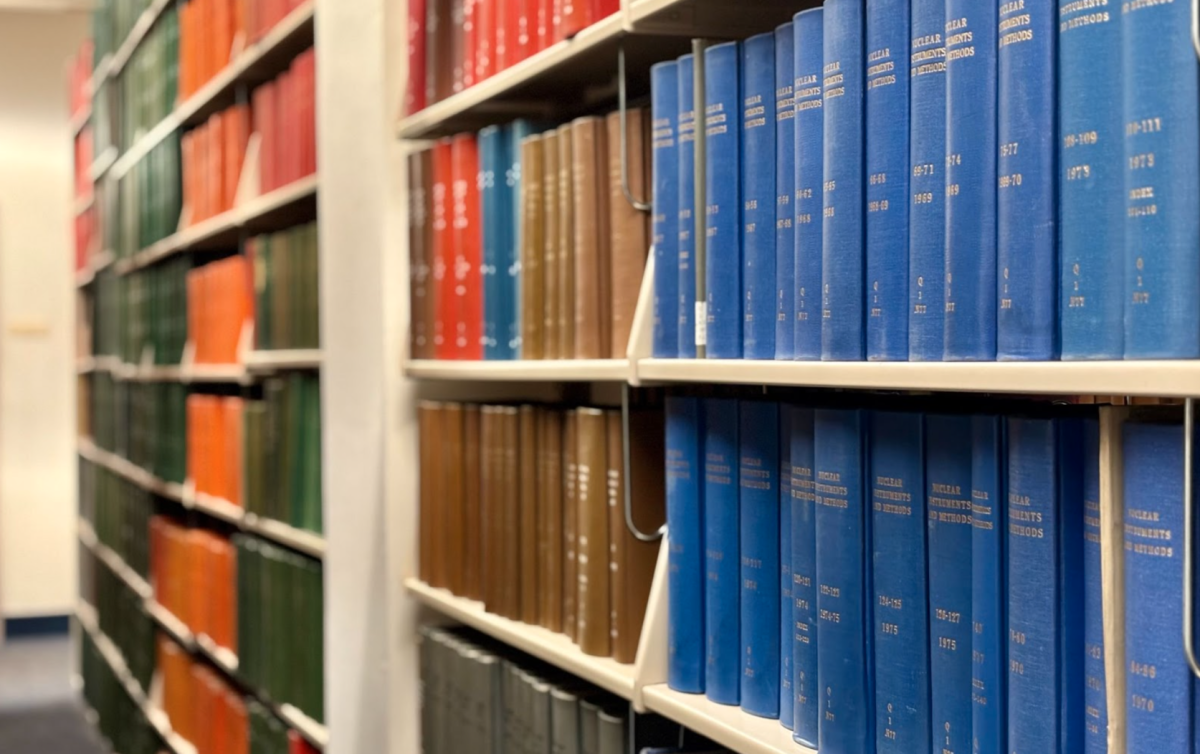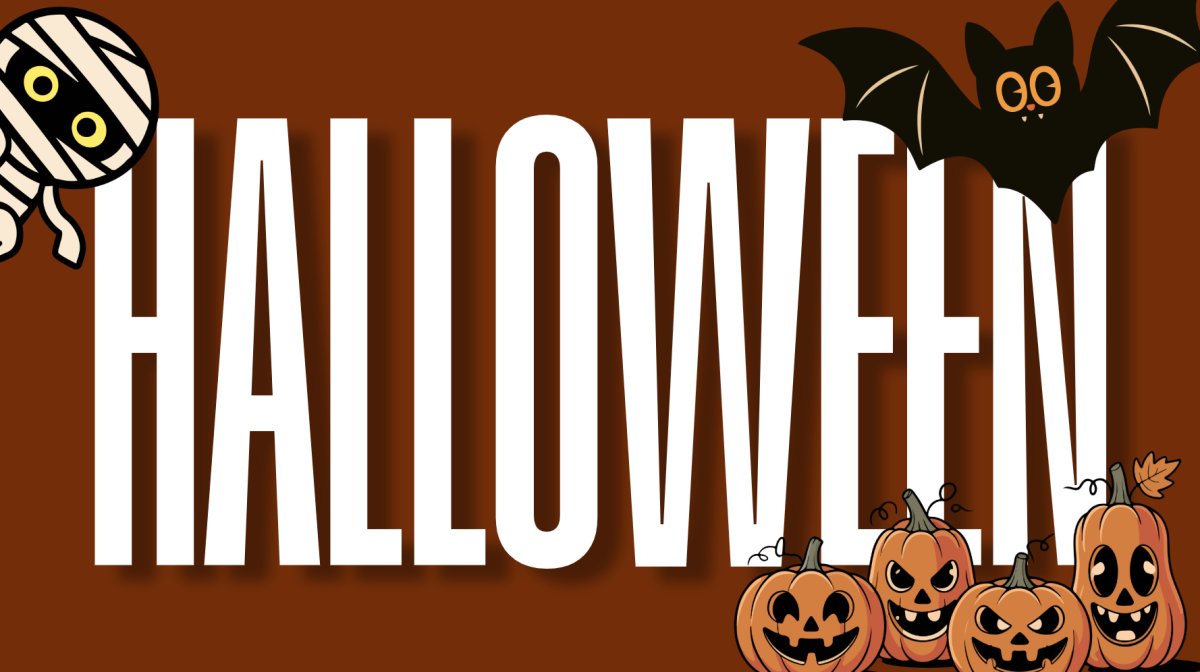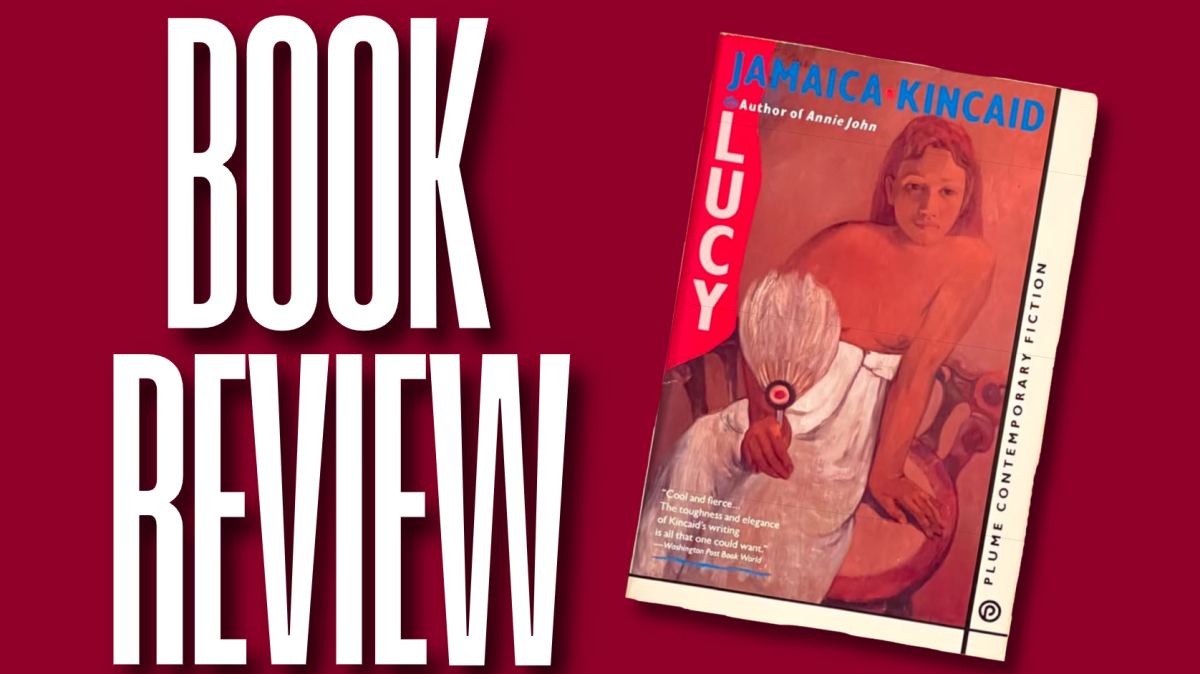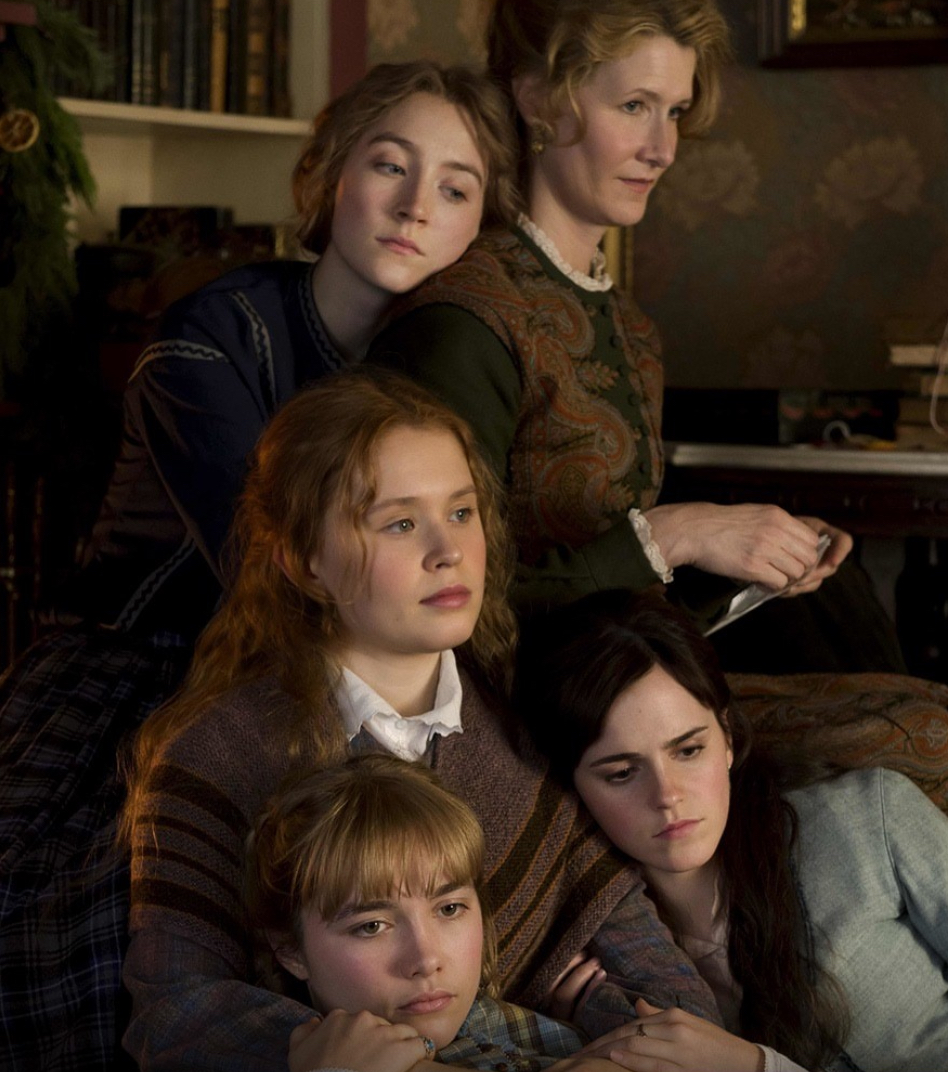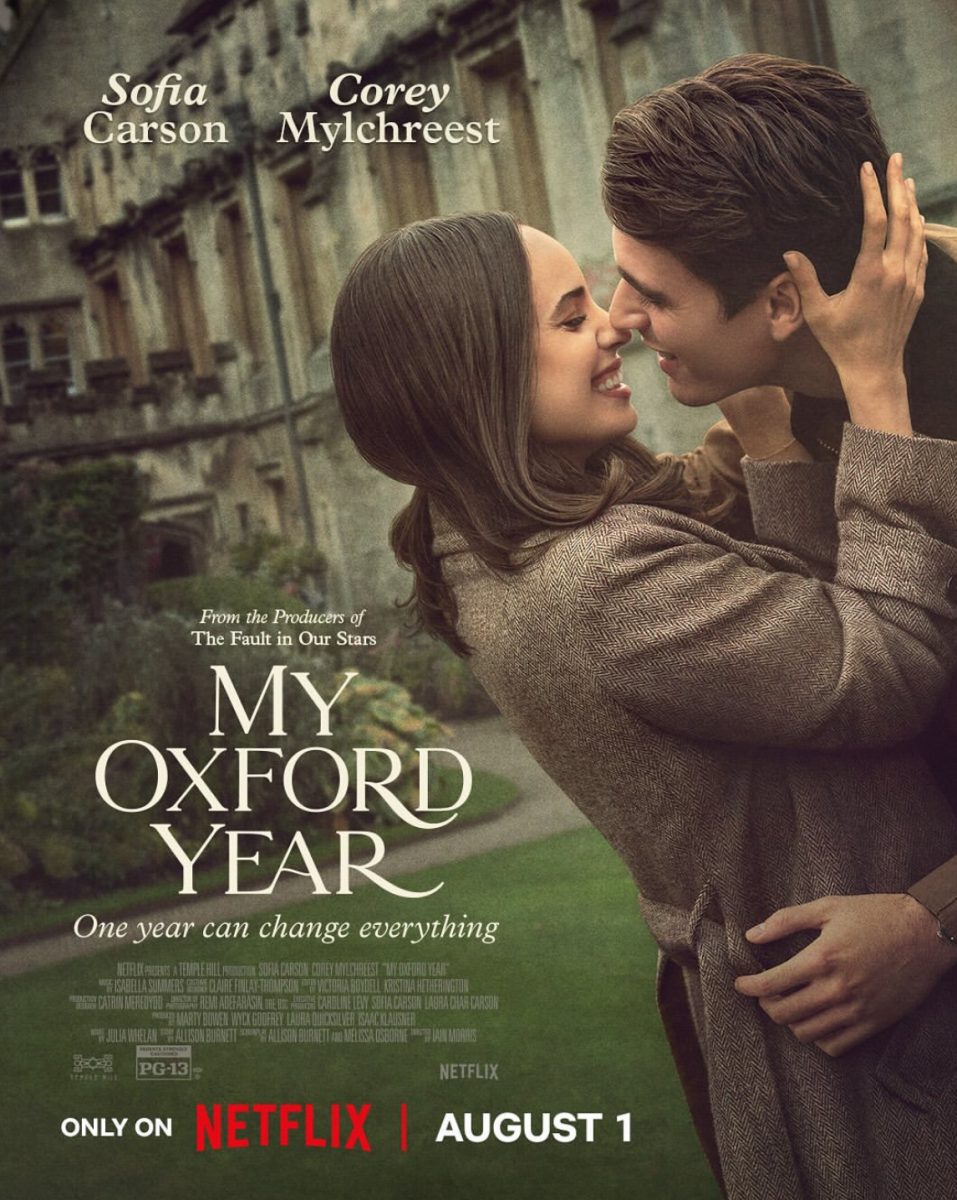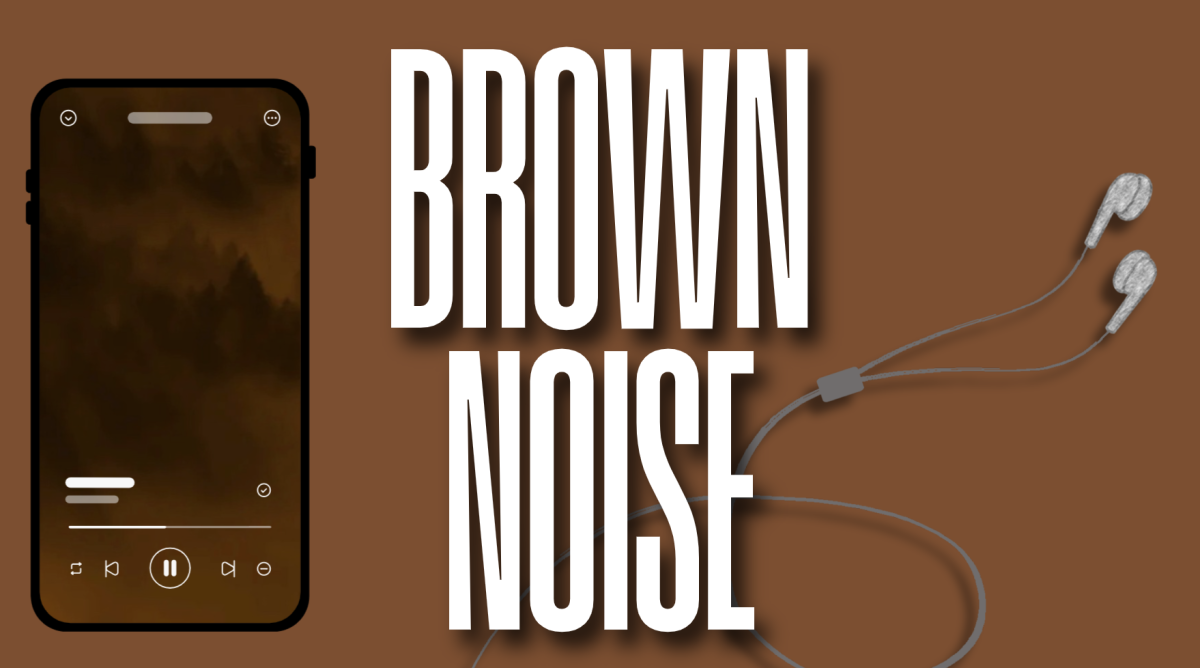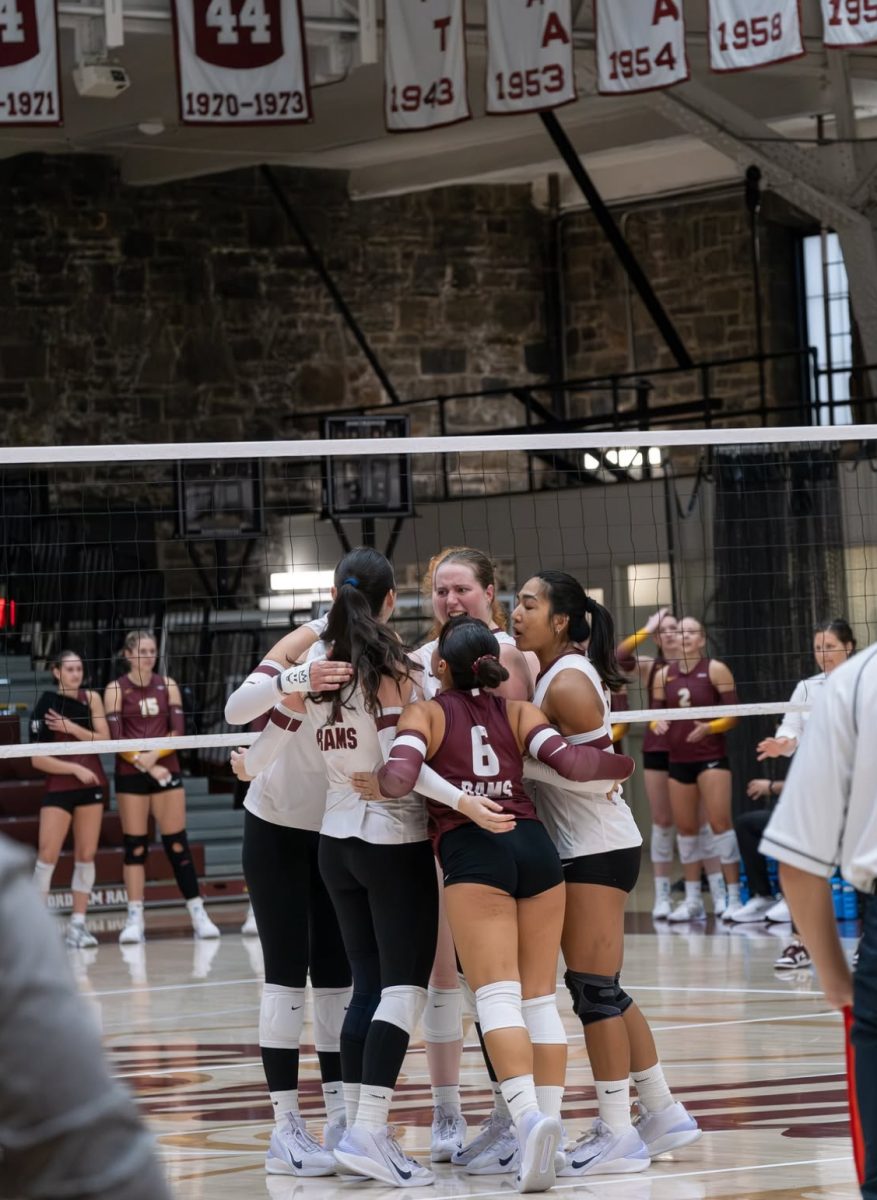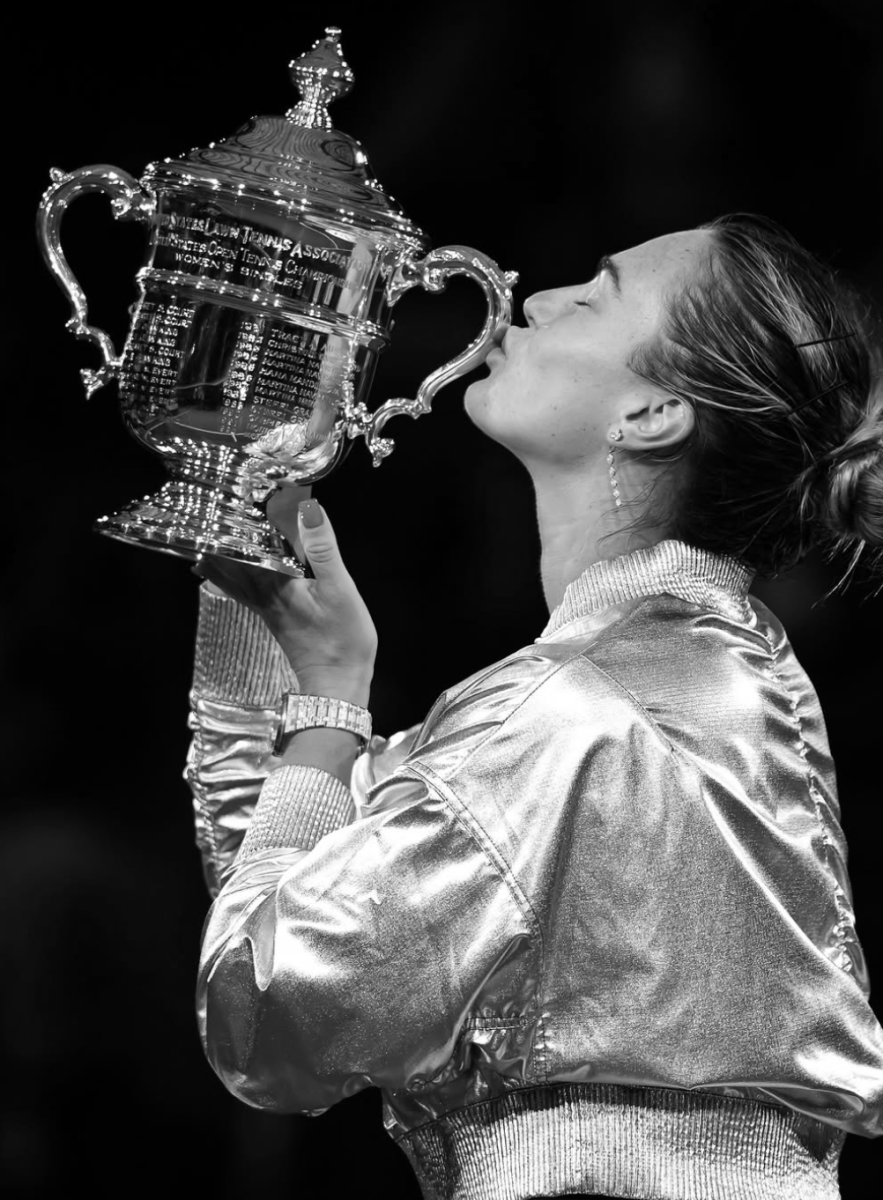By Elizabeth Doty

Since 1852, renowned Mexican Baroque artist Cristóbal de Villalpando’s painting, Adoration of the Magi, has been a part of Fordham’s private art collection — perhaps part of Fordham longer than most campus buildings have been. As of last year, the 1683 painting has undergone restoration at the Metropolitan Museum of Art before making its debut as a central focus of the Met Exhibition “Cristóbal de Villalpando: Innovation and Transformation” which has run since July 25 and ends this Oct. 15.
Rev. Joseph M. McShane, S.J., president of the university, said it “has hung in the president’s office for over one hundred years.” Standing at 99 inches high and 78 inches wide, the Adoration of the Magi depicts a scene found in the gospel of Matthew in which the three kings visit Jesus, who is seated on Mary’s lap. McShane deemed the painting as a “knock off of a Ruben’s Adoration of the Magi, and that the man who painted it is often referred to as the Mexican Rubens.” Villalpando’s piece was highly influenced by the works of Flemish baroque artist Peter Paul Rubens who favored the Biblical scene throughout his career, and it is indeed based on an early 17th century engraving by Rubens. McShane jokingly encourages those interested to go and see the work before it “will go back into the room where no one will see it.”
The President’s Office is not the only connection to Fordham that the painting holds this fall: Peter Vergara, FCRH ’18, a senior art history major and former intern of the Met, the Hispanic Society of America and Sotheby’s, has chosen the Adoration of the Magi to be the focus of his senior project.
Vergara said “because of the current exhibit the painting is accessible and highlighted, especially given that it has somewhat been secluded here at Fordham for so long, how could I not write about it?”
Due to its history in the Fordham private collection, Vergara aims to bring to light more scholarship on the role of this painting in the larger scheme of Villalpando’s career.
Vergara also gave insight into the curation choices made by renowned the Met curator of Latin American art, Ronda Kasl. “The creative decision to have viewers quite literally surrounded by Villalpando sets a tone of immediate shock and awe at the space around you,” stated Vergara. The exhibit is designed in a half dome shape around Villalpando’s Moses and the Brazen Serpent and the Transfiguration of Jesus, a 28-foot-tall canvas that he painted in 1683, with the rest of the Villalpando pieces in a gallery arranged behind the altarpiece.
It is as if one is experiencing the Mexican painter’s identity as one engages with not only the deeply religious themes of Baroque art, but also the bold contrast of colors and the brilliant use of light that are integral to setting Villalpando apart. Vergara said, “Villalpando’s color scheme and bright highlights emphasize the Mexican painter’s influences such, as Rubens and Spanish, contemporary painters such as Bartolomé Esteban Murillo and Juan de Valdés Leal.” All factors of which are heightened when seen presented all together.
Throughout his senior project, Vergara hopes to reach out to other scholars, including Kasl, on the subject to define the role the Adoration of the Magi plays in not only Villalpando’s career, but its place at Fordham and further its place in making works accessible throughout the world.
“Is that not the purpose of museums? To promote the curation, circulation and conversation around the changing perceptions of art as we attempt to continue the legacies of such artists and movements,” asked Vergara.
Vergara likened it to a family reunion, as this is a unique moment for so many Villalpando pieces to be in the same place at one time, especially in a venue that receives millions of visitors over the course of summer and fall. Such an occurrence is noteworthy for the art world and, luckily, the Fordham community at large.






